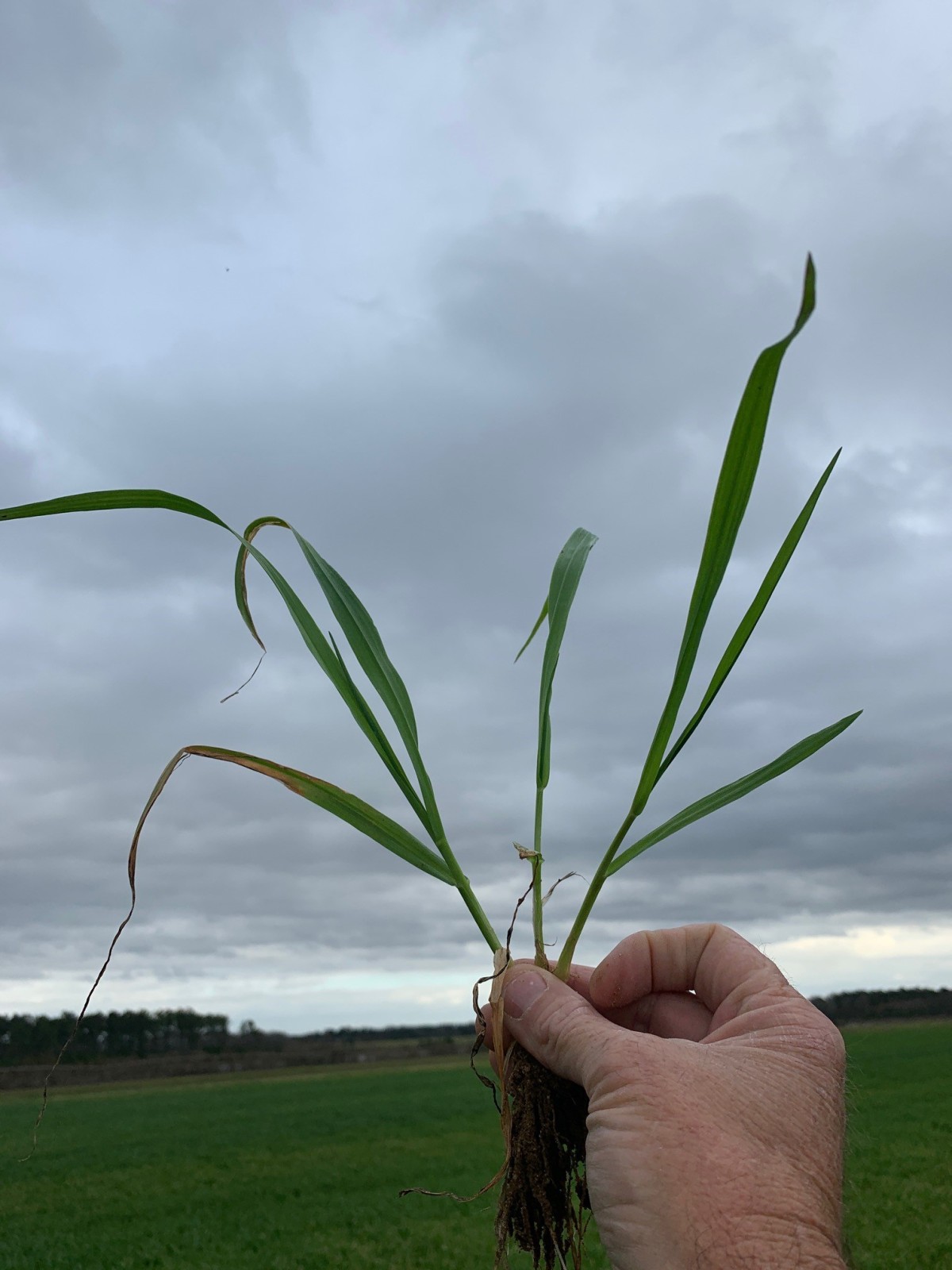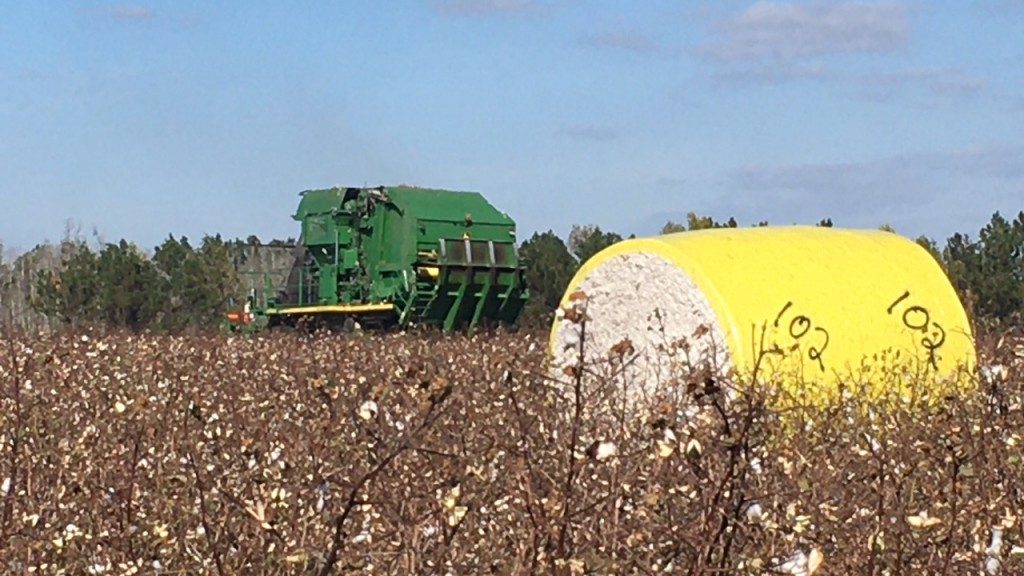Another exciting week in Colquitt County agriculture! The UGA Corn Short Course and Peanut Farm Show was held this past week. The Colquitt County Extension office is hosting two production meetings this coming week. Growers can also attend The Georgia Cotton Commission Annual Meeting and UGA Cotton Production Workshop and the Ag Forecast this week.
Ty Torrence, Tri-County Vegetable Agent, has planned the Colquitt County Vegetable Production Update for Tuesday, January 24, 2023. This meeting will start at noon, and the keynote speakers are below.


Georgia Cotton Commission’s Annual Meeting &
UGA Cotton Production Workshop
January 25, 2023
UGA Tifton Campus Conference Center
Is you are interested in seeing the the agenda please click here.
Next Friday, January 27, 2023 is a busy day.

The University of Georgia, the state’s land-grant and flagship institution, is committed to sharing the latest economic projections for U.S. and state agriculture to guide farmers and agribusinesses. CAES economists provide an outlook of agricultural markets for the coming year and keynote speakers focus on important and trending topics. If you would like to register for this event please go here. The agenda can be seen here.
Colquitt County Precision Ag and Irrigation Meeting will be held on Friday, January 27, 2023, at noon. Drs. Wes Porter and Simer Virk will be keynote speakers and will discuss irrigation management and other topics in precision ag. If you are interested in attending this meeting or any other Colquitt County production meeting, you can register here.
Small Grain Situation: The small grain crops in the area range from 1 to 3 tillers in development. Aphid populations vary among area fields so scouting is going to be important to determine if treatment is necessary. I have been observing bird cherry-oat aphids in oat and wheat fields. Growers need to consider control options when the following threshold is reached.

Control aphids when there are: 2 per row foot in the seedling stage, or 6 per row foot when plants are 6-10 inches 2 per stem at stem elongation 5 per flag leaf at boot stage 10 per head including flag Do not treat in the soft dough stage.

What are my weed control options for oats? Weed control options in oats include Harmony Extra, MCPA, and 2,4-D. According to the UGA Pest Management Handbook, in order to apply MCPA or 2,4-D to oats, they need to be fully tillered. Harmony Extra can be applied to oats between the two-leaf and jointing stages of development. Below is information from the Pest Management Handbook that discusses post-emergence weed control in oats.

I have received a question or two about splitting nitrogen on oats and wheat.
Wheat producers need to begin counting tillers to determine the need for additional nitrogen applications for the proper tiller production in the later days of January. Most wheat fields I have observed have variability in tiller counts depending on how much nitrogen was applied at planting. If tillers counts (a stem with at least three leaves) exceed 80 or more per square foot at Zadoks GS 25, then apply all remaining nitrogen at GS 30 (stem elongation). Usually this occurs during early to mid-February in the southern half of Georgia If the tiller count is less than 80 per square foot, then apply 30 to 40 lbs of N per acre to encourage tiller production prior to the onset of stem elongation. Complete the topdressing prior to 1st node stage. Nitrogen rates will vary according to the soil type, variety lodging resistance, irrigation capability, previous crop, etc. In general, total N rates range from 100 lbs N per acre to 120 lbs N. Be sure to include sulfur with the nitrogen. Sulfur deficiencies occur when the ratio of nitrogen in a tissue test exceeds 18:1. Tank mix an approved pyrethroid if aphids are present to reduce the risk to the barley yellow dwarf virus. Supply 15 to 20 lbs of S per acre if soils are sandy.
What about nitrogen management in oats? For grain production apply 20 lb of nitrogen (N)/A at planting or soon after seedling emergence. Apply an additional 60 lb N/A in February for oats behind a summer legume and 75 lb N/A after a non-legume crop. When oats are planted behind soybeans or peanuts, the autumn nitrogen application can be omitted. Delaying the February nitrogen application until March may severely reduce yields, especially when oats follow non-legume crops. (Southern Small Grains Resource Management Handbook).
How much N do I put on my rye? That is an excellent question. When you grow rye as a cover crop or for seed production, a total of 80 lbs N is sufficient. Apply 20-40 pounds of nitrogen per acre at planting or after seedlings emerge. In February, apply another 40-60 lbs N/A to stimulate seed production.
I have ryegrass in my wheat.. I have been getting question or two about controlling ryegrass in wheat. Ryegrass is very competitive and research has shown that wheat yields can be reduced 0.4% for every ryegrass plant per square yard.
Apply postemergence herbicides Axial Bold, PowerFlex, or Osprey before ryegrass tillers which should occur around Christmas. If you treated a field with PowerFlex or Osprey last year, apply Axial this year and vice versa. Suggest not mixing ryegrass herbicide(s) with 2,4-D, MCPA, Quelex, or NITROGEN as antagonism can occur!!
Most ryegrass escapes are a result of 1) planting into fields already infested with emerged ryegrass and/or 2) making herbicide applications after the ryegrass is too large to control. However, herbicide-resistant ryegrass has become common with numerous populations being confirmed with resistance to Osprey, PowerFlex, Axial XL, and Hoelon. Ryegrass will likely achieve resistance to herbicides quicker than any other plant, even Palmer amaranth. Aggressive resistance management programs must be implemented; ignoring this warning may destroy long-term sustainability of grain production in a given field. Proper management includes planting into a weed-free seedbed, growing a healthy vigorous crop, identifying and treating ryegrass early, tillage including deep turning when feasible, crop rotation, and making wise resistance management decisions .Below are some post emerge options for control.
UGA Crop Comparison Tool
The 2023 row crop budgets and 2023 estimate of row crop costs and net returns have been posted online at https://agecon.uga.edu/extension/budgets.html
Has the cold weather impacted whitefly development? According to Dr Phillip Roberts, UGA Cotton Entomologist, silverleaf whitefly (SLWF) can reproduce on over 600 plant species. SLWF survive the winter months on both cultivated and wild host plants. Mild winters favor the survival of this pest.
Adult 90% Mortality: 3 hours of 210 F.
Immature 90% Mortality: 57 hours of 210 F
Even longer exposure for egg mortality
Unlikely will kill nymphs in South Georgia.
However, if you kill the host plant, you indirectly kill eggs and nymphs.
NOAA: Southeast continues to lean warm in February through April 2023 (Pam Knox)
Today NOAA released their latest seasonal outlook for temperature and precipitation covering the February through April 2023 period. It shows the continued influence of La Nina in southern parts of the region, while northern areas do not show a trend. Temperatures are more likely than not to continue to be warmer than normal, while precipitation is expected to be less than normal in the Florida Peninsula and areas just to the north. In other parts of the region there is little indication of wetter or drier than normal conditions. The result of this likely pattern is that drought is expected to develop in the Florida Peninsula and remain in other areas of the region that are already experiencing drought. READ MORE

Why is the price of eggs so high? I am sure that everybody have seen the price of eggs lately. I seen this interesting article about egg prices ERS: “Wholesale Table-Egg Prices Peaked in December” by Keith Good and it appeared in the Farm Policy News this week.
In its monthly Livestock, Dairy, and Poultry Outlook report yesterday, the USDA’s Economic Research Service (ERS) indicated that, “Table-egg production was estimated at 635.0 million dozen in November. This represents a 5.3- percent decrease from last November. The average size of the table-egg flock supporting this production was estimated at 308.8 million layers, down 5.5 percent from last year.” READ MORE
Below are more interesting economic articles from the Southern Ag Today.
Adverse Effect Wage Rates of H-2A Workers Increase in 2023
The H-2A visa program is an option that allows American growers to hire foreign agricultural workers. In the context of persistent farm labor shortages, the number of certified H-2A positions has experienced a rapid growth in the last two decades. Three states in the Southeast (Florida, Georgia, and North Carolina) and two on the West Coast (California and Washington) received more certified H-2A positions in 2022 (Figure 1). Except for Georgia, there was an increase in the amount of H-2A certified positions in the top 10 states using this program.
The demand for H-2A workers has remained strong despite continued incremental increases in their minimum compensation levels. Employers of H-2A workers need to pay at least the highest of a minimum wage known as the Adverse Effect Wage Rate (AEWR), the prevailing wage, the prevailing piece wage, the wage agreed upon a collective bargain, or the federal or state minimum wage (Osti et al., 2019). READ MORE
Cotton Crop Insurance to Protect Against Revenue Losses: Select Harvest Price Exclusion or Not?
Have a great week…
Jeremy M. Kichler
Colquitt County Extension Coordinator
